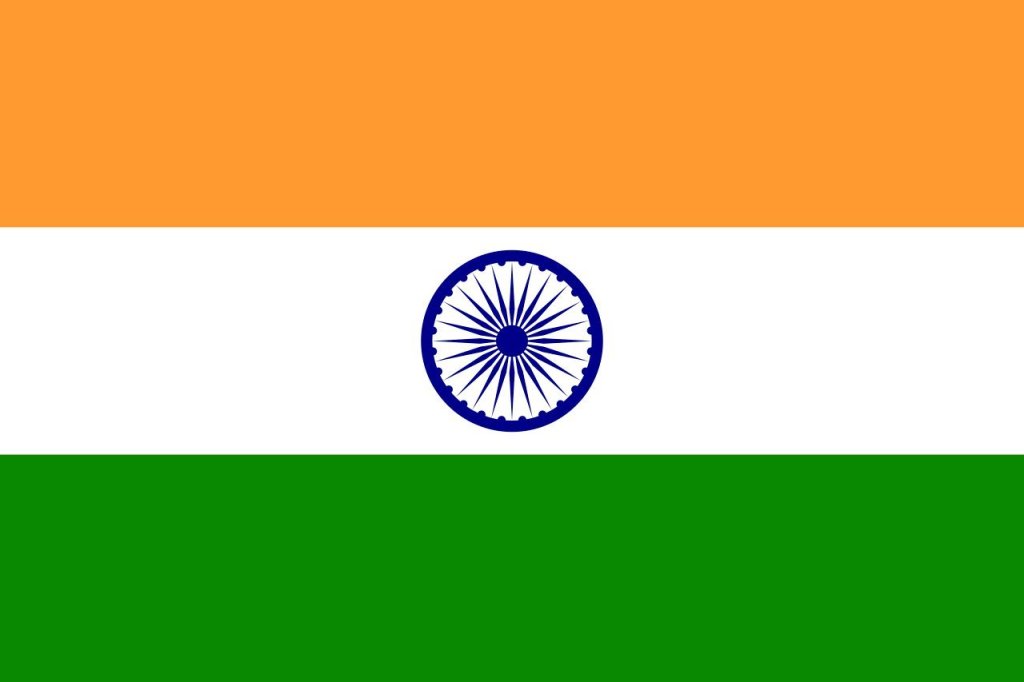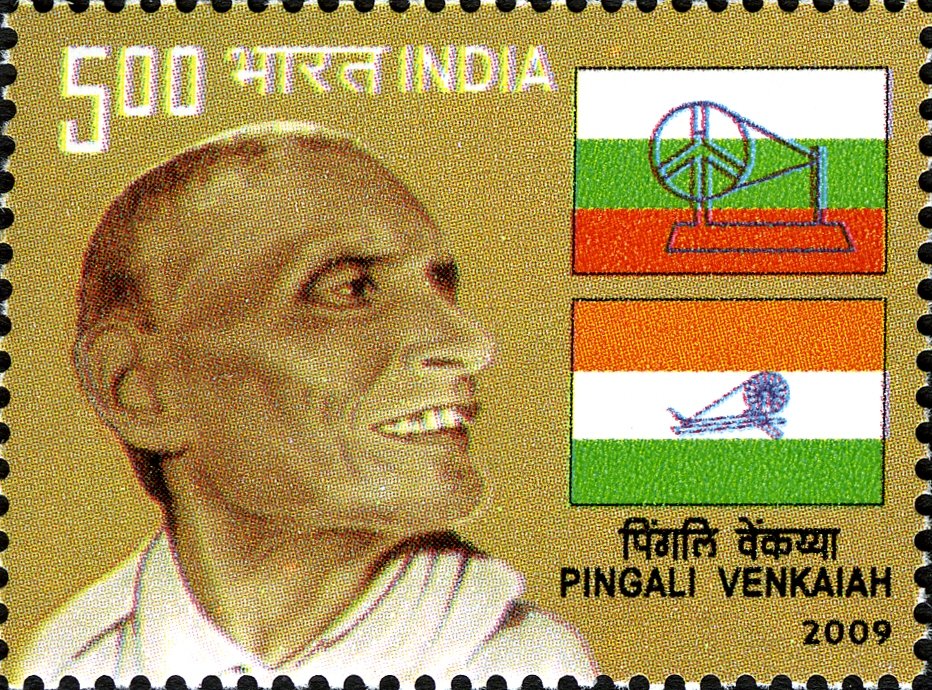
The word tricolour almost always denotes the National Flag in India.
The lovely bands of saffron, white and green fill every heart with pride. As much as we love the tricolour we must know that it didn’t always look the way it does.
Many designs were introduced before the tricolour was adopted in its current form. The flag had a long journey during which it took different forms.
The one who designed- Pingali Venkayya
If we’re to know about the flag we must as well know about its creator.
The Indian National Flag or tricolour, as we know it now, was earlier a flag of the Indian National Congress designed by Pingali Venkayya.
Born on 2nd August, 1878 at Bhatlapenumarru, Machilipatnam in Andhra Pradesh, Venkayya was educated at Cambridge University and grew up to become a polymath.
He was a multilingual person. He could read and write in Japanese. In fact, he even delivered a full lenth speech in japanese in 1913. He was also a writer and geologist. He was also an expert on diamonds.
Such credentials gave him interesting titles like ‘Diamond Venkayya’, ‘Japan Venkayya’, ‘Patti Venkayya’.
Venkayya’ first design
Venkayya met Mahatma Gandhi in South Africa during the second Anglo-Boer war. He was posted as a part of the British Indian army there.
After returning, he became dedicated to create a national flag for his country, India. In 1916, he submitted 30 new designs of the flag, in the form of a booklet which was funded by the members of the High court of Madras.
Apparently those were rejected.
Venkayya met Gandhiji once again at the All India Congress Committee in Bezawada in 1921. Here, he submitted yet another design of the flag.
This one had 2 red and green bands to symbolise the two communities – Hindu and Muslim.
Gandhiji suggested to add a white band to symbolise peace and other communities and a spinning wheel to symbolise the country’s progress.

The Swaraj flag.
Several changes were made to the flag in the subsequent years.
In 1931, the All India Congress committee met in Karachi and adopted the tricolour as the national flag.
The red band was replaced with saffron and the order of colours was changed. The flag was intended to have no religious interpretation.
This was the Swaraj flag.

Pride of every Indian – Tricolour.
The flag was altered again before making it the national flag of India. This time the meaning of the colours were also re- defined.
The saffron band on top now symbolised strength and courage. White in the middle stood for peace and truth and green represented the fertility, growth and auspiciousness of the country.
The Ashoka chakra with 24 spokes replaced the spinning wheel. It was intended to show that ‘there is life in motion and death in stagnation’.
The Indian national flag was adopted in its present form during a meeting of the constituent assembly held on 22 July, 1947 and became the official flag of the dominion of India on 15 August 1947.

Forgotten identity…
The national flag found its place but it’s designer unfortunately remains forgotten. Venkayya remains forgotten.
He may have not taken up arms, he may have not sat in the riots, he may have not taken the beating by the brutal officers. But he contributed in nation making in his own way.
According to The Hindu,”Pingali Venkayya was an authority in geology, agriculture and also an educationist who set up an educational institution in Machilipatnam. He, however, died in poverty in 1963 and was largely forgotten by the society and by his own party, the Congress.”
A postage stamp was issued in order to commemorate him in 2009 and in 2011 a proposal was made by the to award him with the Bharat Ratna. The outcome to that proposal remains unknown.

